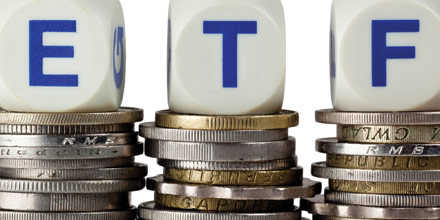MarketMuse update profiles the the second oldest financial institution in the United States, State Street’s plans to shut down three ETFs after what has been a very difficult year for them. The shutdowns are due to what they call “limited market demand”. With more of an update, an excerpt from InvestmentNews’ Trevor Hunnicutt’s story, “State Street to close three ETFs that attracted little investor interest” from 10 March , is below.
The announced closure of the ETFs, including one municipal-bond fund in partnership with Nuveen Investments Inc., comes five weeks after the ETF pioneer slashed prices on nearly a third of its funds and while the firm faces outflows in its flagship fund.
State Street, who manages the first-to-market “SPDR” ETFs, will shut its S&P Mortgage Finance ETF (KME), S&P Small Cap Emerging Asia Pacific ETF (GMFS) and SPDR Nuveen S&P VRDO Municipal Bond ETF (VRD), according to a statement Monday. The funds are each at least three years old, but none hold more than $6 million in assets.
State Street, whose money managing arm is also known as SSGA, has $441 billion in U.S. ETF assets, third behind BlackRock Inc.’s iShares and the Vanguard Group Inc. The firm is perhaps best known for its SPDR S&P 500 ETF (SPY), which is commonly recognized as the first ETF traded in the U.S. as well as the most widely traded. That fund has lost $26 billion to investor redemptions this year, according to Morningstar Inc. estimates. State Street, whose index-tracking fund is used widely by tactical traders and institutions along with advisers, has said those flows are cyclical.
Meanwhile, the firm also has tried to expand its lineup to more profitable mutual funds and partnerships on ETFs with Nuveen and DoubleLine Capital’s Jeffrey Gundlach to attract assets into other product lines.
For the entire article from InvestmentNews, click here.


